When you’re choosing trees, shrubs, and other ornamental plants to ornate your lawn, it can be tough to pick the right ones.
There are all kinds of considerations you need to make, after all. Which plants are right for your growing zone? Which ones will do best with your particular type of soil?
Jump to:
- 25 Longest Blooming Trees and Shrubs For Your Garden
- 1. Eastern Redbud
- 2. Southern Magnolia
- 3. Flowering Dogwood
- 4. Forsythia
- 5. Hyperion Dogwood
- 6. Tree Hydrangea
- 7. Flowering Cherry
- 8. Smoke Tree
- 9. Rhododendron/Azalea
- 10. Flowering Almond
- 11. Saucer Magnolia
- 12. Seven-Son Flower
- 13. Crape Myrtle
- 14. Chaste Tree
- 15. Higan Cherry
- 16. Japanese Horse Chestnut
- 17. Shrub Rose
- 18. Oklahoma Redbud
- 19. Flowering Crabapple
- 20. American Fringe Tree
- 21. Japanese Tree Lilac
- 22. Glossy Abelia
- 23. Hawthorn
- 24. Serviceberry
- 25. Goldenrain Tree
- Other Interesting Gardening Reads:
- How to Choose the Best Trees and Shrubs to Plant
- Conclusion
And most importantly, which ones will give you the most bang for your buck?
When it comes to flowering trees and shrubs, your best bet is to choose plants that bloom for the longest time possible.
25 Longest Blooming Trees and Shrubs For Your Garden
1. Eastern Redbud
A pink flowering tree with small stems, the eastern redbud can easily reach more than 20 feet tall.
Its first flowers in the early spring are the most jaw-dropping, but you’ll enjoy color all season, since the plant then produces colors in shades of reddish-purple later on.
It is tolerant of growing conditions in zones 5 through 9.
2. Southern Magnolia
The quintessential landscaping tree in the South, the Southern Magnolia is most often grown in zones 5 through 9.
It produces fragrant, cream-colored flowers each spring, each of which is surrounded by a cluster of shiny evergreen leaves.
3. Flowering Dogwood
The flowering dogwood is a spreading tree that produces horizontal branches. These branches keep the tree looking gorgeous, even during the winter months.
Dogwoods can grow up to 40 feet tall and just as wide, producing gorgeous leaves that are pink in the spring and reddish-purple in the fall.
4. Forsythia
The forsythia is one of the first indicators of spring, producing flowers in the early months of the season.
A deciduous shrub, the forsythia produces arching branches with vibrant yellow flowers.
Most people grow it as an informal hedge, but it can also be grown as a specimen planting in zones 4 through 9.
5. Hyperion Dogwood
The Hyperion Dogwood is a unique plant that flowers first in early spring.
Hardy in zones 6 to 9, this plant produces large white flowers that practically overlap to cover the tree in pure shades of white.
The flowers fade later on in the summer, producing red fruits that birds will flock to in droves.
In the fall, the tree changes colors with shades of gold, purple, and orange.
6. Tree Hydrangea
The tree hydrangea is one of the hardiest kinds of shrubs you can grow. It produces large, cone-shaped white flowers each summer.
These turn a red-brown shade and last until winter arrives.
The plant can easily grow to ten feet tall.
7. Flowering Cherry
There are several kinds of cherry trees that produce gorgeous colors during various seasons, but the ‘Dream Catcher’ Flowering Cherry is one of the most long-lasting.
This tree grows quite tall,r itching more than 25 feet tall and 15 feet wide with ease.
You’ll love admiring the beautiful pale pink flowers that open up in the early spring, but you don’t lose color in the fall, either - the leaves will turn a sparkling gold as the weather cools.
A hardy plant that is resilient to most insects and disease, it can be grown as a landscaping tree in zones 6 through 8.
8. Smoke Tree
The Smoke Tree, also known as a smoke bush, can be grown as a shrub or as a tree. Either way, you’ll love how long its colors and textures last.
It produces tiny flowers in the early summer that last, providing a uniquely smoky look, all autumn long.
9. Rhododendron/Azalea
Both rhododendrons and azaleas, which belong to the genus Rhododendron, grow well in zones 3 through 9.
Tolerant of acidic soil and light shade, these plants both produce a prolific number of flowers in the spring.
These flowers tend to hang on most of the season.
10. Flowering Almond
This lovely flowering shrub is large enough for many people to consider it a shrub, but it doesn’t matter what you call it - it’s absolutely gorgeous!
The plant produces a bit more of a straggly growth later in the fall, but its color otherwise endures throughout much of the warmer months.
11. Saucer Magnolia
Another kind of magnolia tree you can grow for long-lasting color is the Saucer Magnolia.
This plant is a deciduous tree that produces teacup blooms in shades of hot pink and white. It also has lovely gray bark.
The tree is hardy in zones 4 to 9. Spirea
12. Seven-Son Flower
The Seven-Son Flower Tree can grow up to 20 feet tall, producing gorgeous blooms of pale white flowers with light pink bases.
A drought-hardy plant, this tree does well in zones 5 to 8.
13. Crape Myrtle
In the South, the Crape Myrtle is the classic landscaping tree.
These gorgeous plants produce beautiful purple and pink flowers sometime during the summer, but these flowers last all the way into fall. It’s hardy in zones 7 through 9.
If you’re interested in growing a Crape Myrtle that can flower even in warmer conditions, consider the Early Bird Purple Crape Myrtle, which can endure temperatures as warm as those experienced in zone 10.
14. Chaste Tree
The Chaste Tree is also known as a sage tree since it produces highly aromatic leaves in shades of pale purple.
You’ll love how its flowers endure all through the summer months. This deer-resistant tree grows well in zones 6 through 9.
15. Higan Cherry
The Higan Cherry tree produces gorgeous blossoms in shades of blush pink each spring, and interestingly, these blossoms reappear in the fall.
However, the spring show is the most vibrant, with flowers a bit more sparse each fall.
This landscaping tree is the perfect fit for small gardens or in spaces near sidewalks. It’s hardy in zones 5 to 8.
16. Japanese Horse Chestnut
The Japanese Horse Chestnut has a variety of landscaping uses. It’s most often grown as a shade tree in a backyard but can also be included in a wildlife garden.
It's a hardy tree that’s known for its resilience when planted by a street. However, it also produces vibrant colors in early summer.
These flower spikes invite pollinators and hummingbirds and last for several weeks.
17. Shrub Rose
Modern shrub roses are descendants of classic shrub roses but are hybrids that were only just released in the 1970s. These ornamental shrubs have all the best features of an old garden and hybrid tea roses. They are strong, hardy, and fragrant - plus, they bloom almost all spring and summer long when grown in zones 3 through 10.
18. Oklahoma Redbud
The Oklahoma Refund produces gorgeous red-pink blossoms in the early spring. Although the branches of this tree remain bare during the winter months, its lovely heart-shaped leaves will be a vibrant gold each autumn. It’s hardy in zones 6 to 9.
19. Flowering Crabapple
The flowering crabapple is the quintessential shade tree for your backyard. As long as you live in zones 3 to 8, you can grow this small- to mid-sized tree, which produces flower sin shades of red, pink, and white.
20. American Fringe Tree
The American Fringe Tree is often referred to as a “dogwood alternative.” It flowers in the late spring, producing white blooms that fringe the tree and red fruits that invite birds and pollinators to your yard.
21. Japanese Tree Lilac
The Japanese Tree Lilac, or more specifically, the ‘Golden Eclipse’ Japanese Tree Lilac, is hardy in zones 4 to 7. This plant produces gorgeous displays of cream-colored flowers in the late spring.
This display extends long into the summer, making this an excellent landscaping tree.
22. Glossy Abelia
Glossy abelia is a gorgeous mounded shrub that produces elegant red branches.
These grow in an arch, accentuated by dark green leaves that bronze up in the fall.
In the spring, this shrub produces dense clusters of light pink flowers - needless to say, you’ll have color almost all year long.
23. Hawthorn
The fragrant blooms of the hawthorn tree first appear in the mid to late spring.
This plant can produce flower sin shades of red, pink, or white along with dense thorns that appear all over its branches.
Its berries are bright red and last well into the winter months. It’s hardy in zones 3 to 7.
24. Serviceberry
This deciduous tree, more like a shrub, grows gorgeous ornamental flowers in the early spring.
These are white, while round green berries turn red and then a purple-black color in the early summer.
You can eat the fruits- if the birds don’t beat you to them!
25. Goldenrain Tree
A final flowering tree for you to consider on your hunt for the longest-blooming trees and shrubs is the golden rain tree. This tree produces drooping clusters of yellow flowers in the early to midsummer.
A deciduous tree, it will keep you well-shaded, as it can grow to heights of 30 feet tall. It can be grown in zones 5 to 8.
Other Interesting Gardening Reads:
- 110 Categorized Perennial Flowers That Will Bloom For Years
- 32 Gorgeous Pink Perennial Flowers That Will Bloom Forever
- 50 Weeds and Wildflowers You Can Actually Eat
- How to Grow Night Sky Petunias and Stare Into the Universe
How to Choose the Best Trees and Shrubs to Plant
Besides picking the tree and shrub species that speak to you most, you need to select those that will be compatible with your growing zone.
If you aren’t sure what growing zone you live in, make sure you check out the USDA guidelines and map to figure this out.
This zone is related to the hardiness of plants at certain temperatures in your area.
Keep in mind that some trees and shrubs take some time to get established, so you may not see flowers or blossoms in your first year.
Be patient! The best things in life take some time.
Rest assured, though, that after a few years you will appreciate the long-blooming nature of these gorgeous trees and shrubs!
Conclusion
You won’t fill the need to fill in your landscape with other plants to make up for the void when the plants are dormant, and you’ll also add a touch of color and fragrance that are sure to attract pollinators.
Consider these top picks as you are looking for the longest-blooming trees and shrubs for your garden.

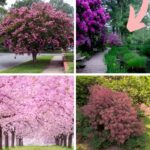
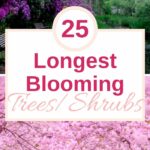
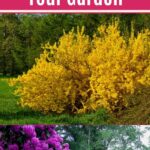
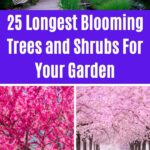
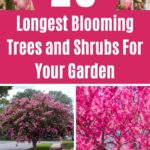
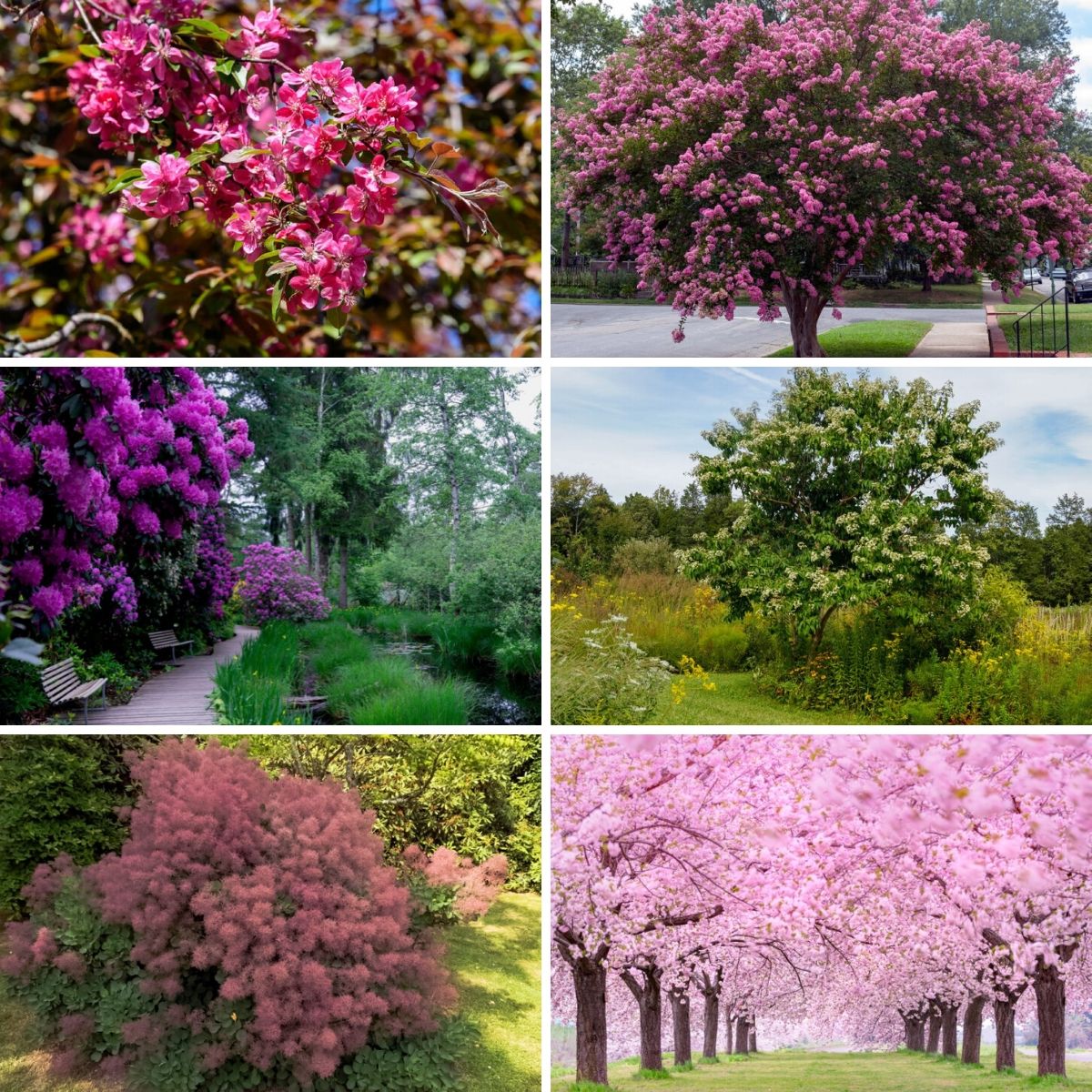
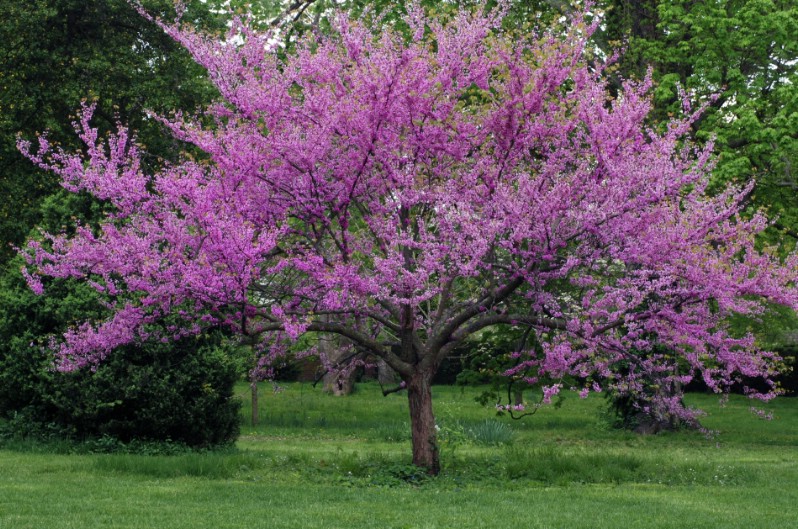
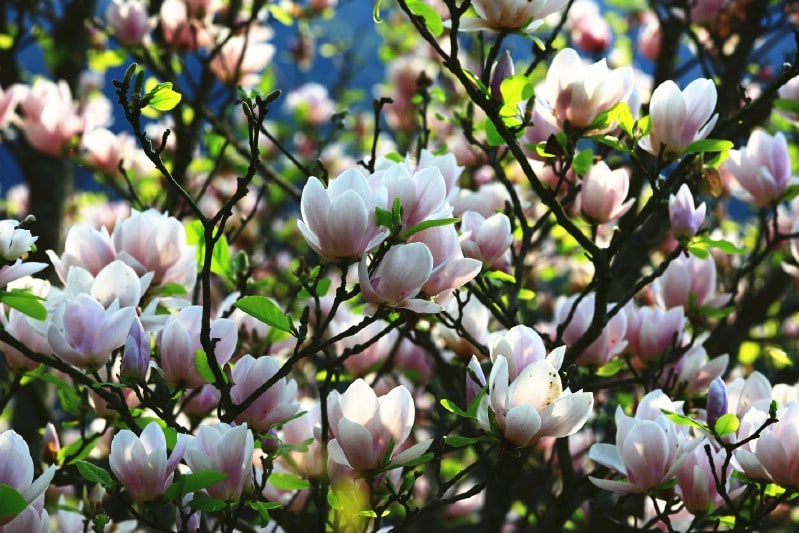
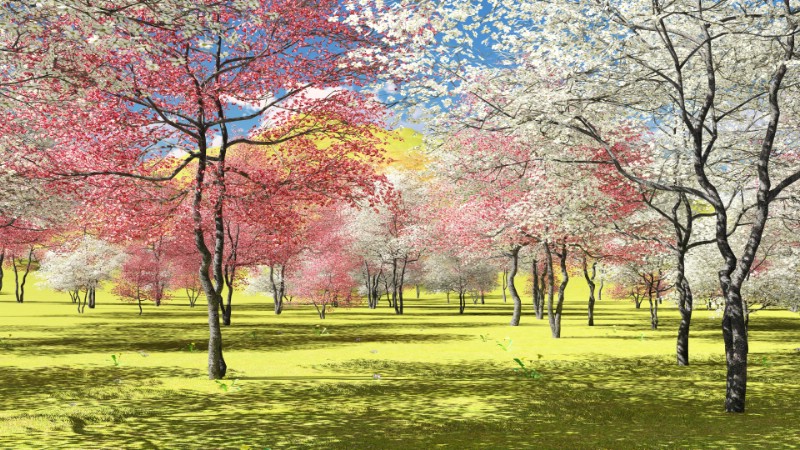
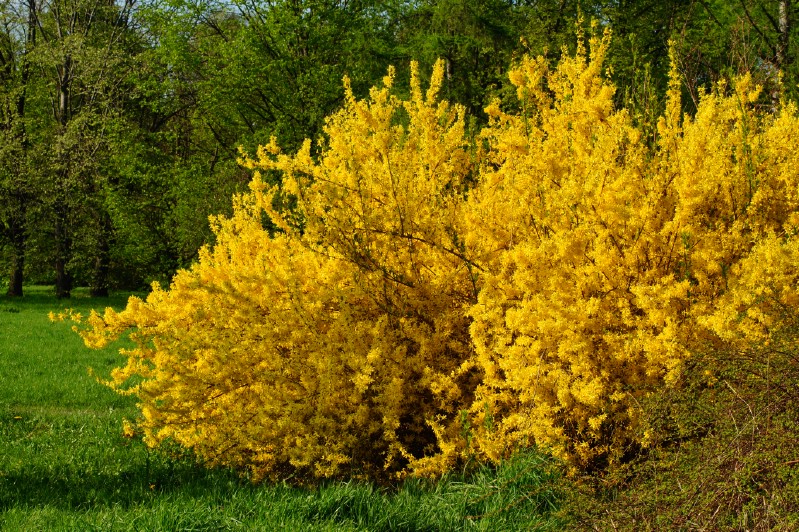
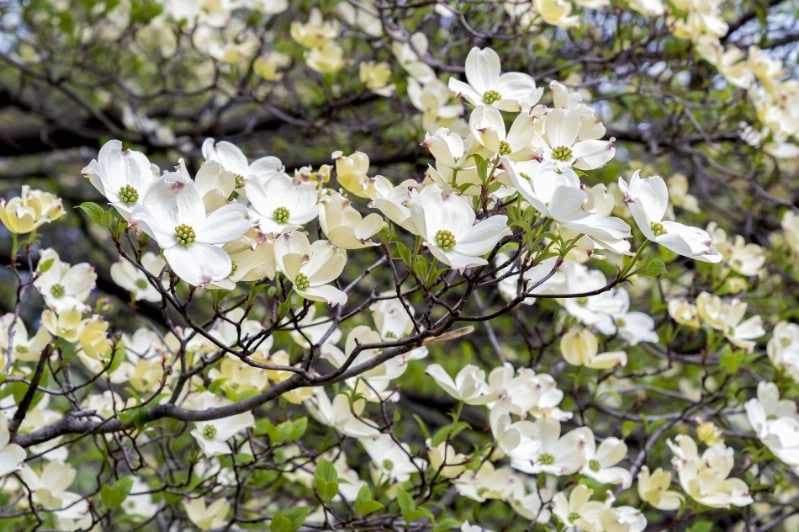
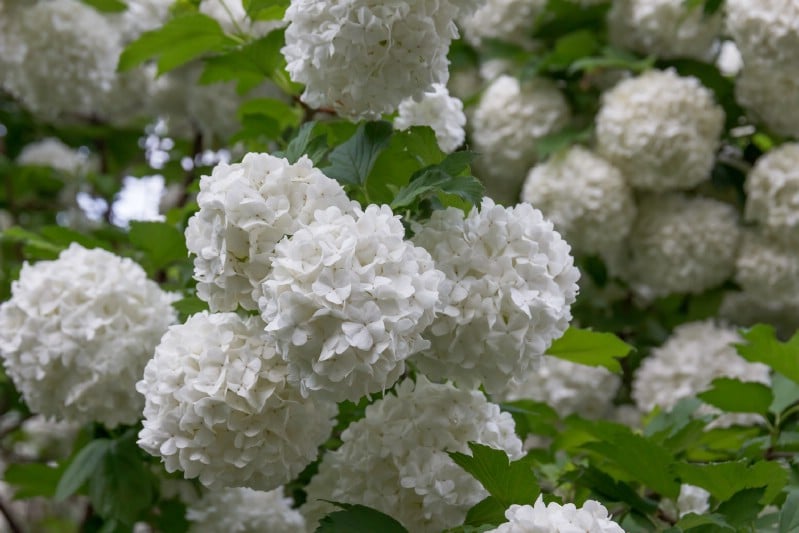
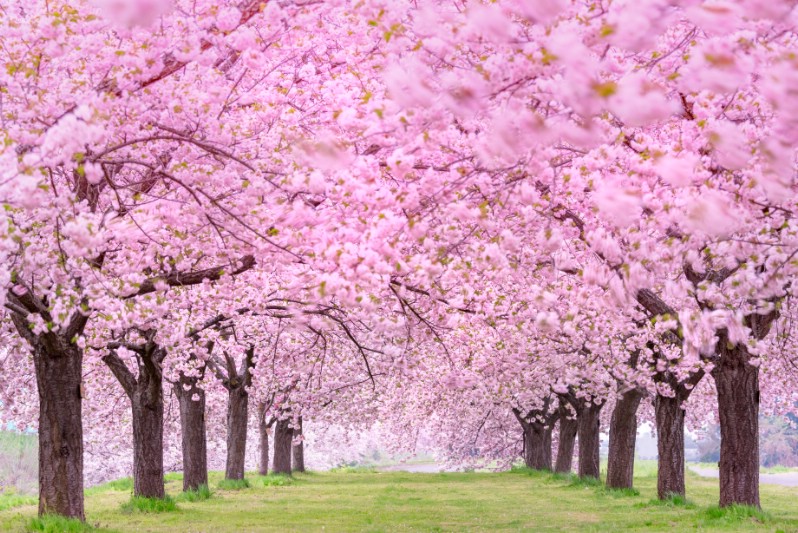
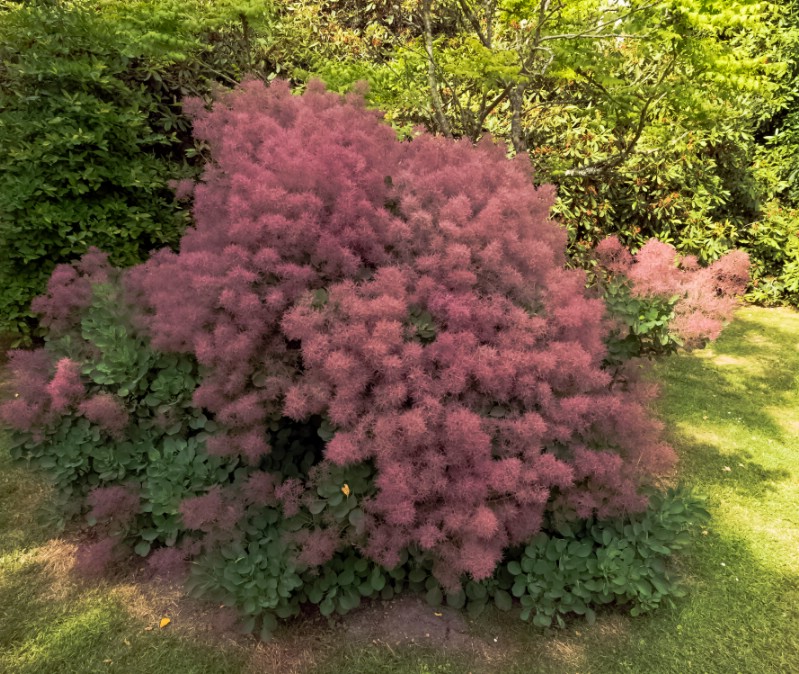
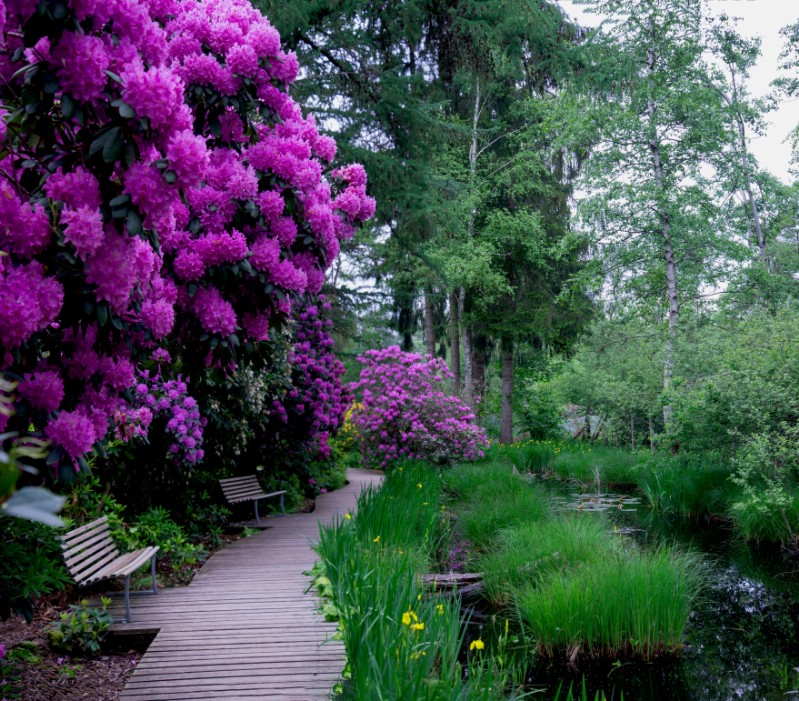
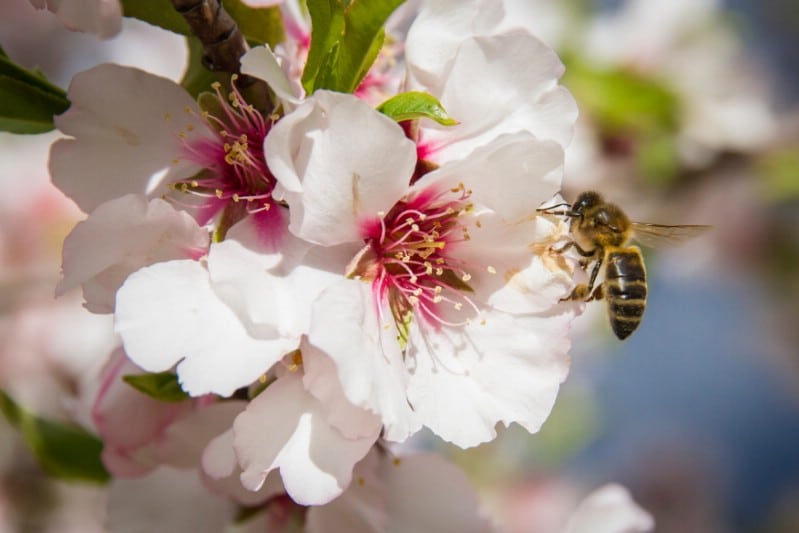
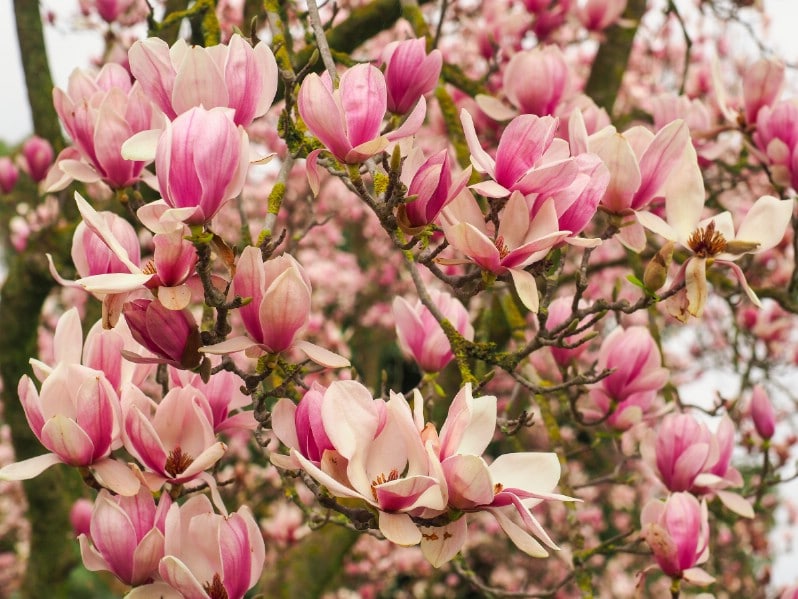
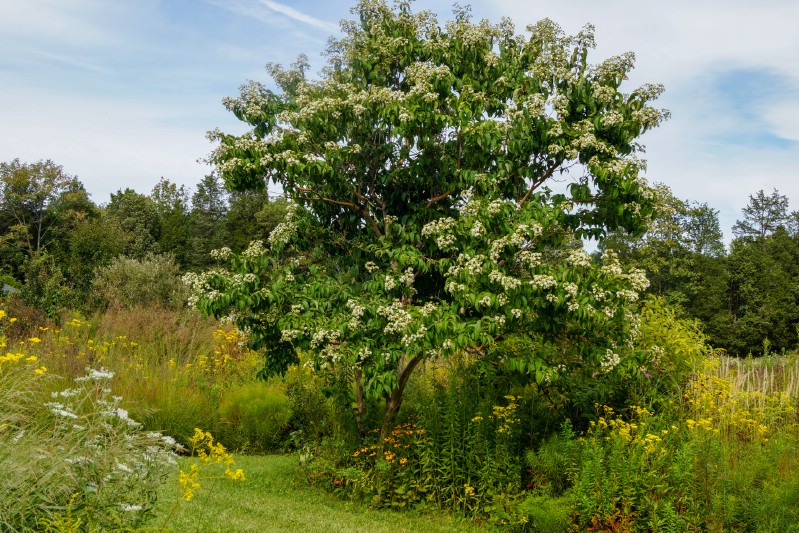
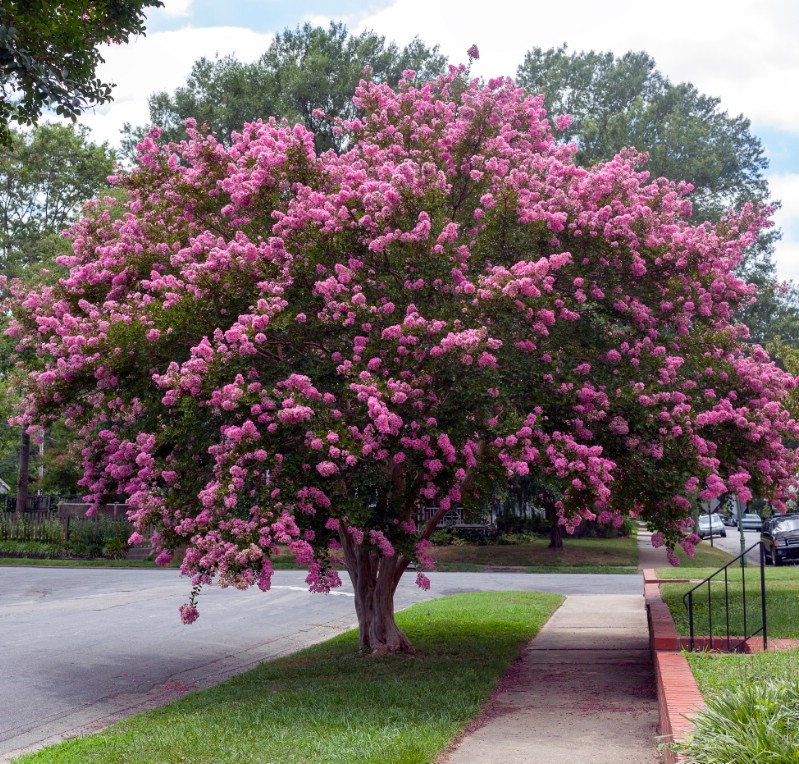
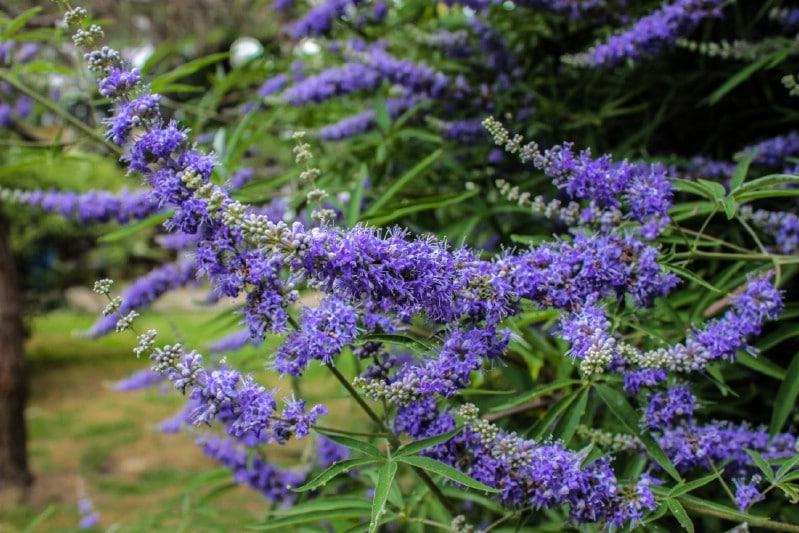
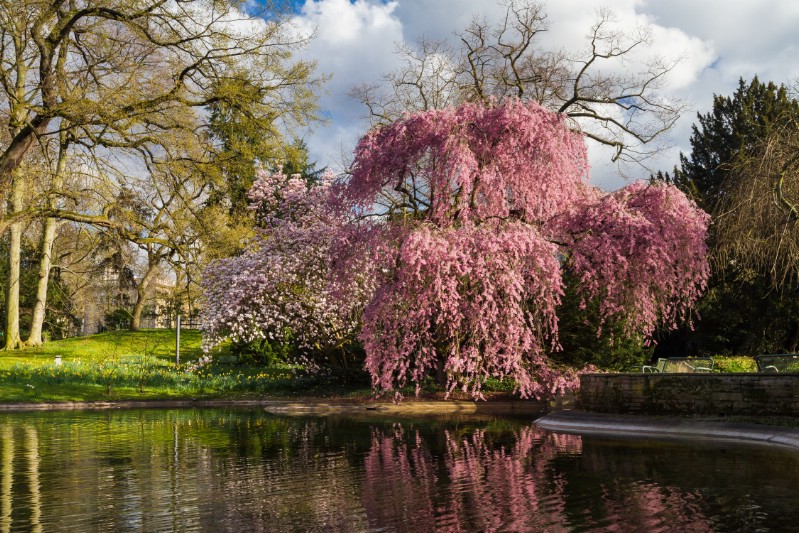
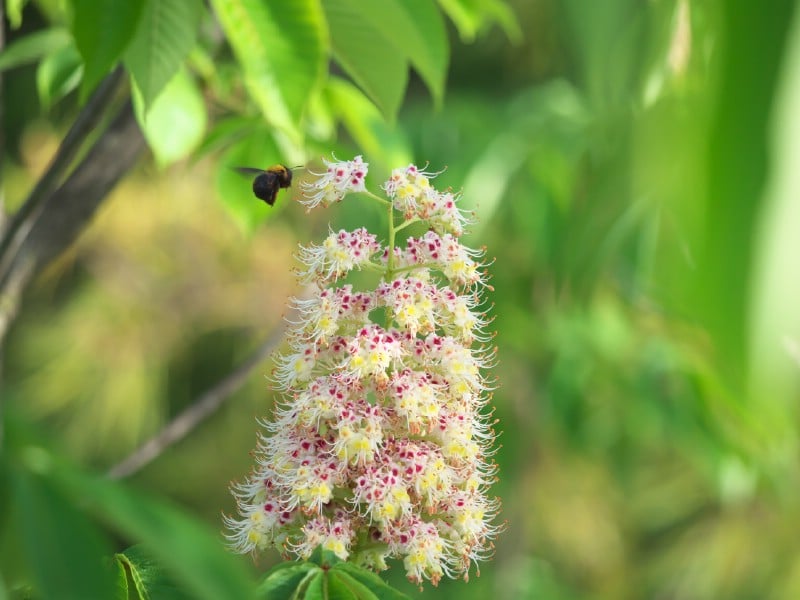
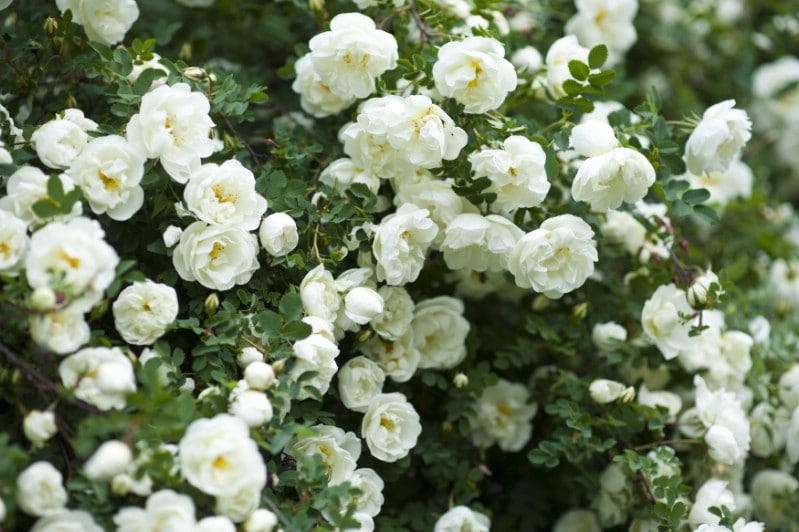
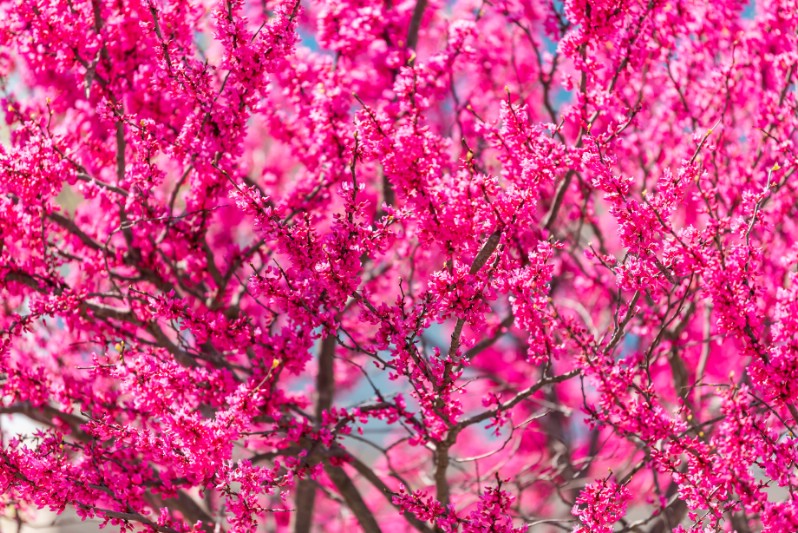
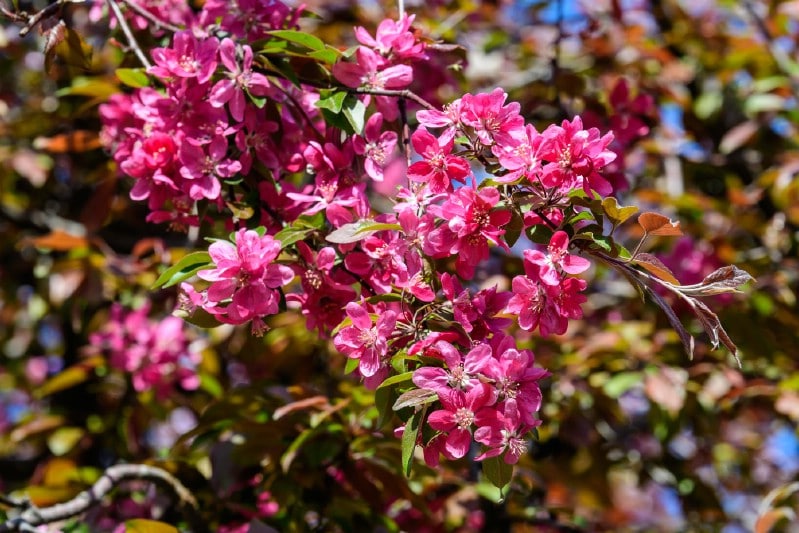
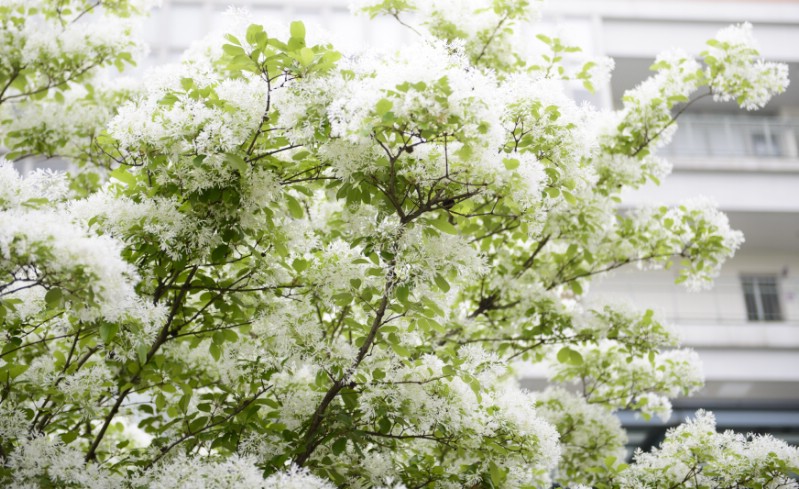
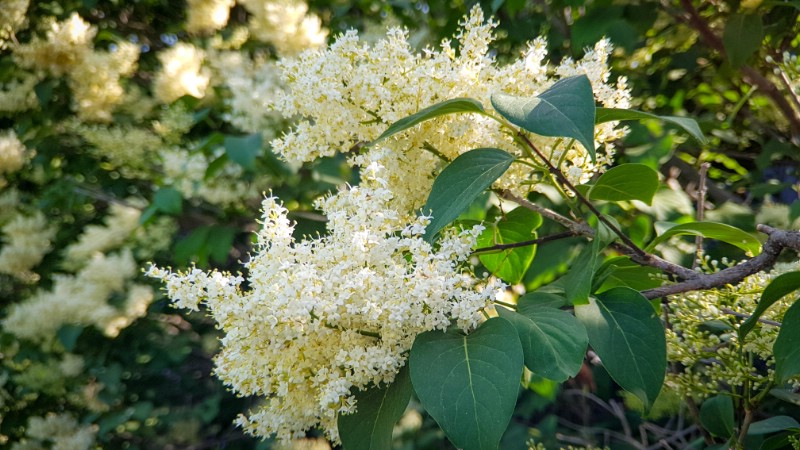
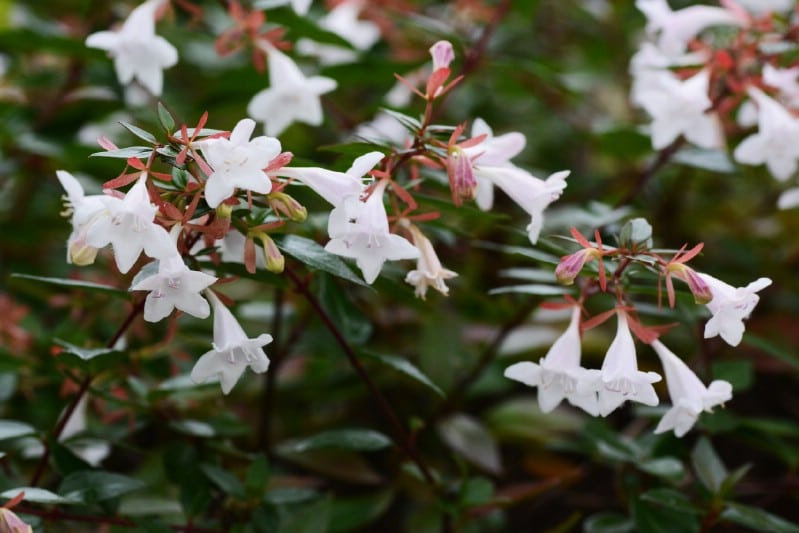
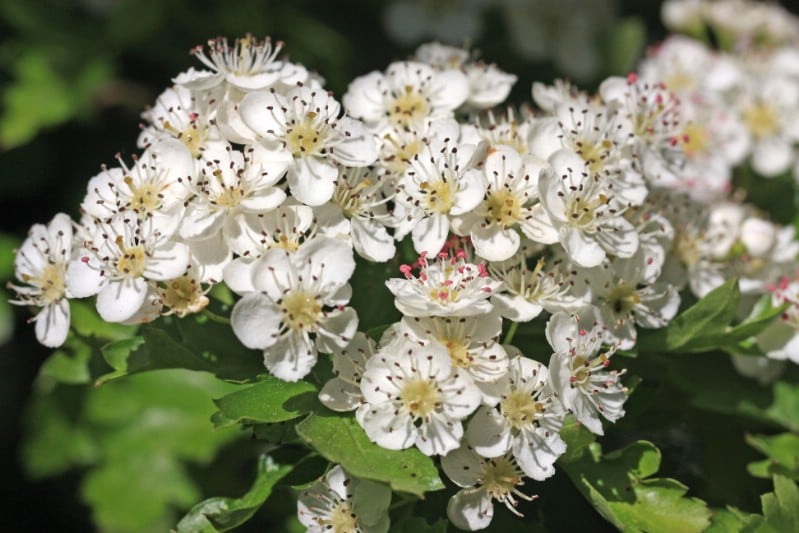
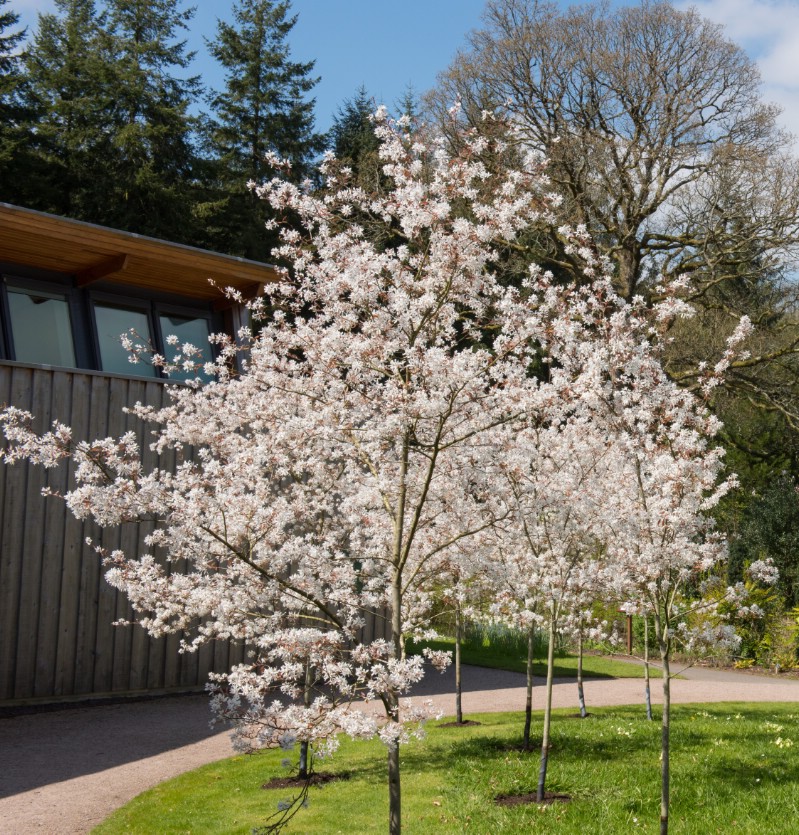
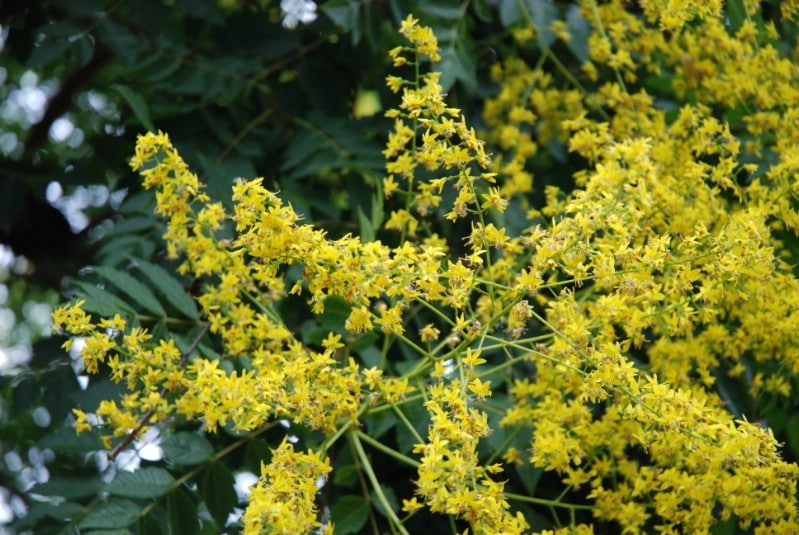




Grace Thwaites
Nice Article...Very interesting to read this article. I have learned some new information. Thanks for sharing.
Marie
What do zones mean.... I think they're different countries...but how can I find out were they are...
Anonymous
Zones are the area in which you live in. The areas in which we live in all have different climates . So the zone in which you live in dictates which plants you can plant. Because plants can only serve in certain climates. So if you google.... 2023 USDA Plant Hardiness Zone Map....it will instruct you to put in your zip code and your zone should come up. Mine is zone 9. But I can still plant zone 8 and zone 10. But hardiness is 9b actually. Hope this helps, I'm not an expert on zones. So googling maybe ( what I need to know about zones for planting) might bring you more info. 😊
denise
My garden is quite small so maybe I will choose the smoke tree. The other plants in your post are very nice, hope I have enough space to plant them.
Sundaram
Amazing article.. Thankyou for making it available for us..Keep posting